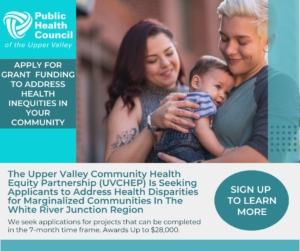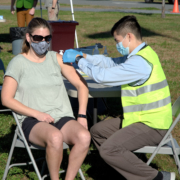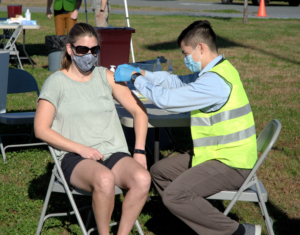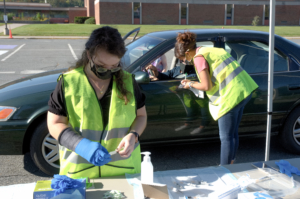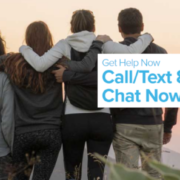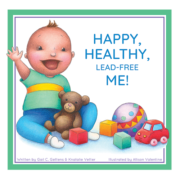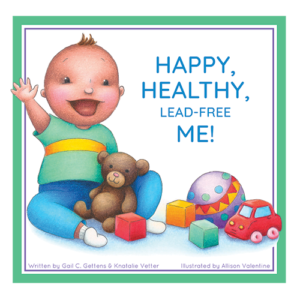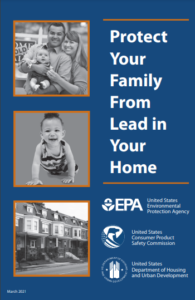Announcing New Position: Integration Catalyst for GUVIST
March 2023 Update: We are pleased to report we have filled this position. Please read on to learn more about this new role.
The Public Health Council has entered into a Memorandum of Agreement to serve as Fiscal Sponsor for the Greater Upper Valley Integrated Services Team and will be the employer of record for the Integration Catalyst.
What is an Integration Catalyst?
The Greater Upper Valley Integrated Services Team (GUVIST) seeks an Integration Catalyst to guide our efforts to integrate services among our constituent member organizations in the bi-state Upper Valley region. The Integration Catalyst will use Collective Impact principles, network analysis results, and evaluator recommendations to facilitate integration.
The Catalyst will start with a focus on the early childhood sector, facilitating service delivery integration within a network that has already started this work. The Catalyst will use learning from the early childhood sector work to develop an integration model for replication in other sectors. The Catalyst will lead replication with GUVIST guidance.
The position will also support the GUVIST Executive Council and broader network, helping to implement functional growth and development. The Catalyst will work closely with two other regional positions, to ensure GUVIST’s collective decision-making, practice, and accountability are equity- and data-driven.
This position is full time and grant-funded for 3 years, with employment through the Public Health Council of the Upper Valley. This position will be hybrid (remote and in-person) as local presence will be important for certain aspects of the job.
Who are GUVIST and the Public Health Council?
GUVIST is a cohesive and diverse group of health and human services providers serving the communities of the Upper Valley region of Vermont and New Hampshire, with leadership from an Executive Council. GUVIST considers innovative and effective ways of addressing issues of health and wellbeing in our communities. We host monthly meetings to explore holistic and integrative approaches to wellbeing, organize subgroups of members and partners for targeted projects, and promote the use of collaborative work at all levels of decision making and service provision. The Public Health Council of the Upper Valley (PHC) is a broad coalition of community leaders and representatives from many community sectors. These partners work together to create a healthier, safer, more supportive, and vital Upper Valley. PHC members work together to set regional health priorities, provide guidance to regional public health activities, and ensure coordination of health improvement efforts. In the Upper Valley, the PHC leverages and coordinates existing and new resources to address priorities. The Public Health Council has entered into a Memorandum of Agreement to serve as Fiscal Sponsor for this grant and will be the employer of record for the Integration Catalyst.
How does the Integration Catalyst make a difference?
The GUVIST Integration Catalyst will make a difference in our communities by managing all aspects of a Service Delivery Integration workplan, including:
- Improving client experience
- Integrating service delivery
- Building collaborative performance
- Promoting measurable systems change
The position is funded by a 3-year grant provided by the Couch Family Foundation.
